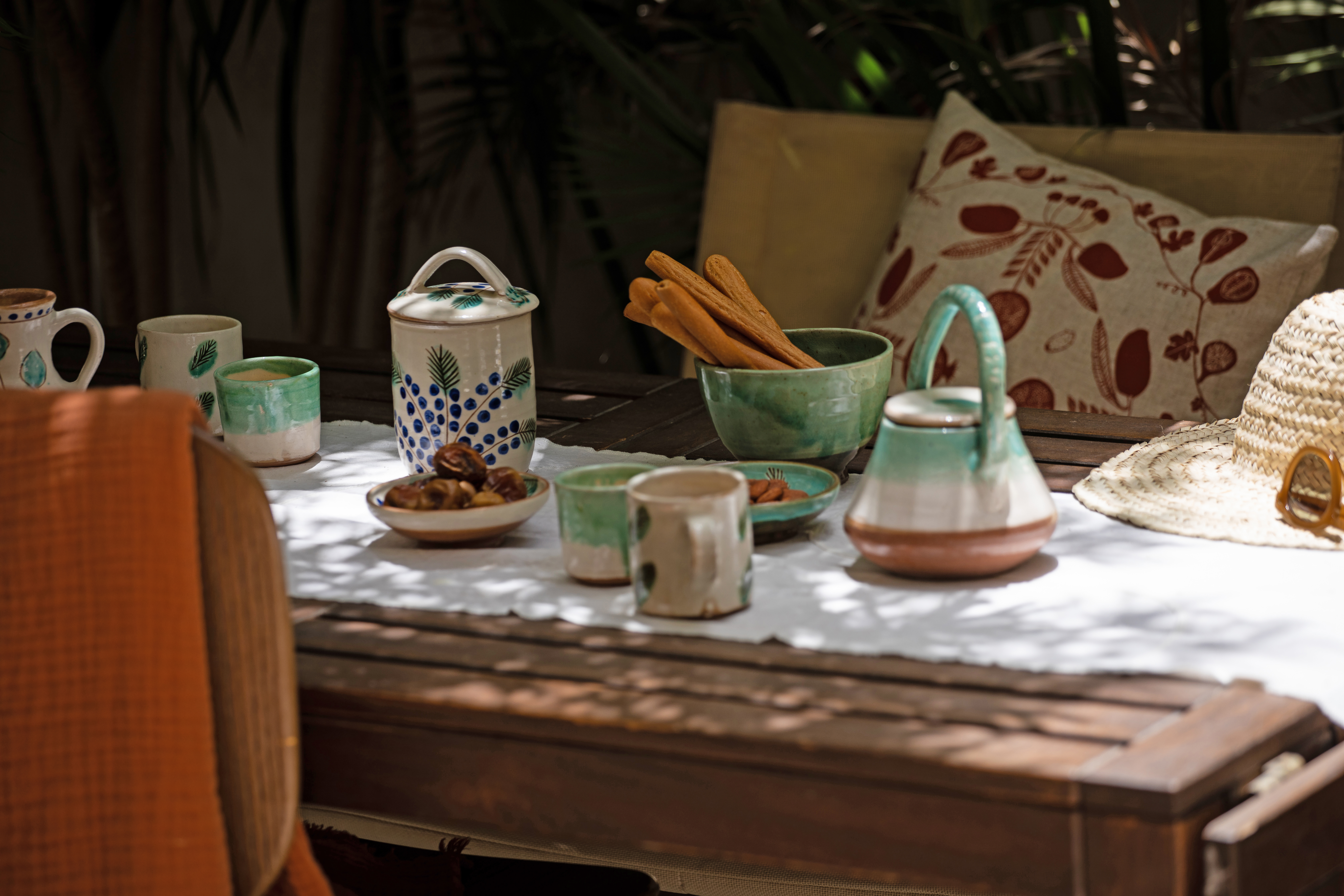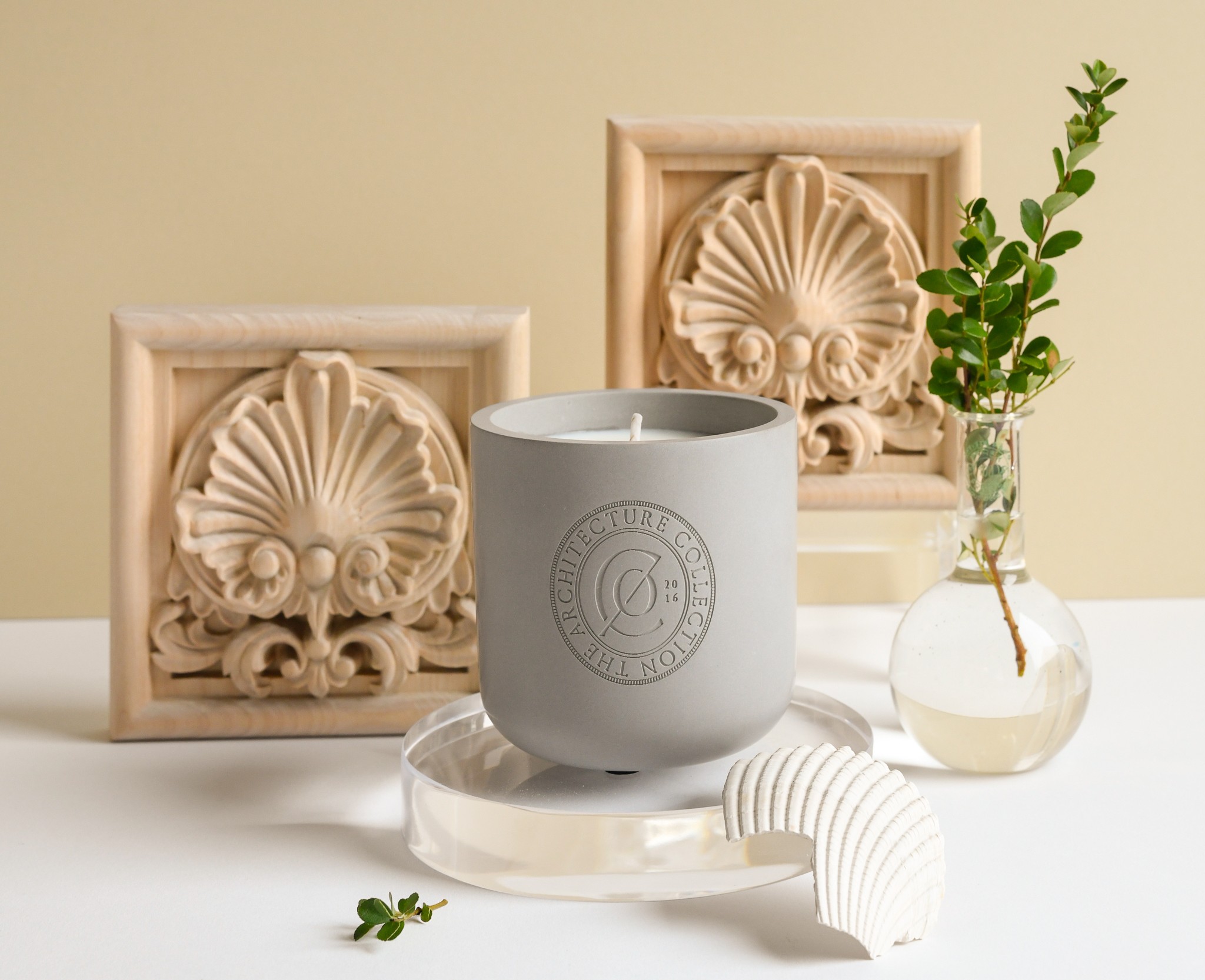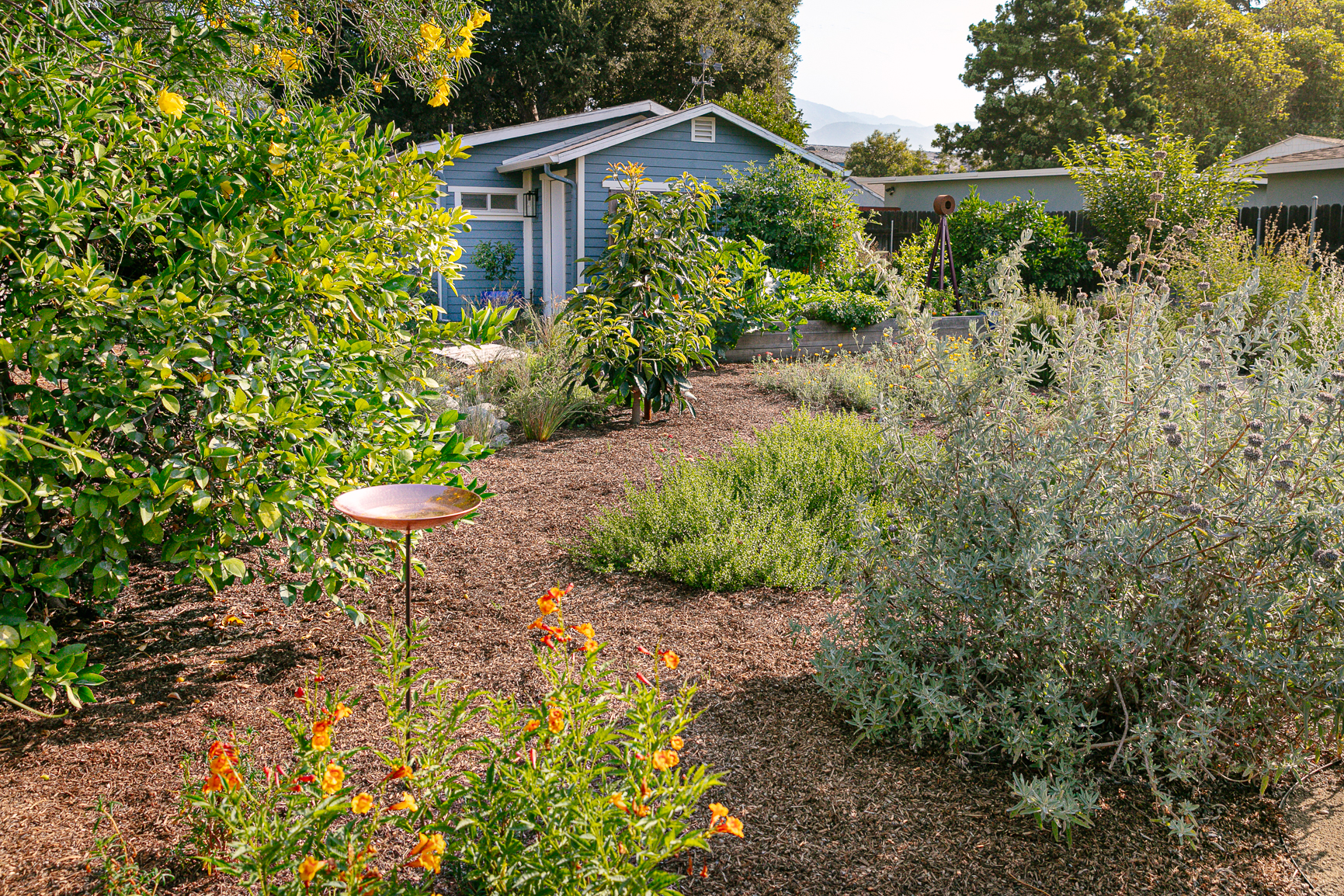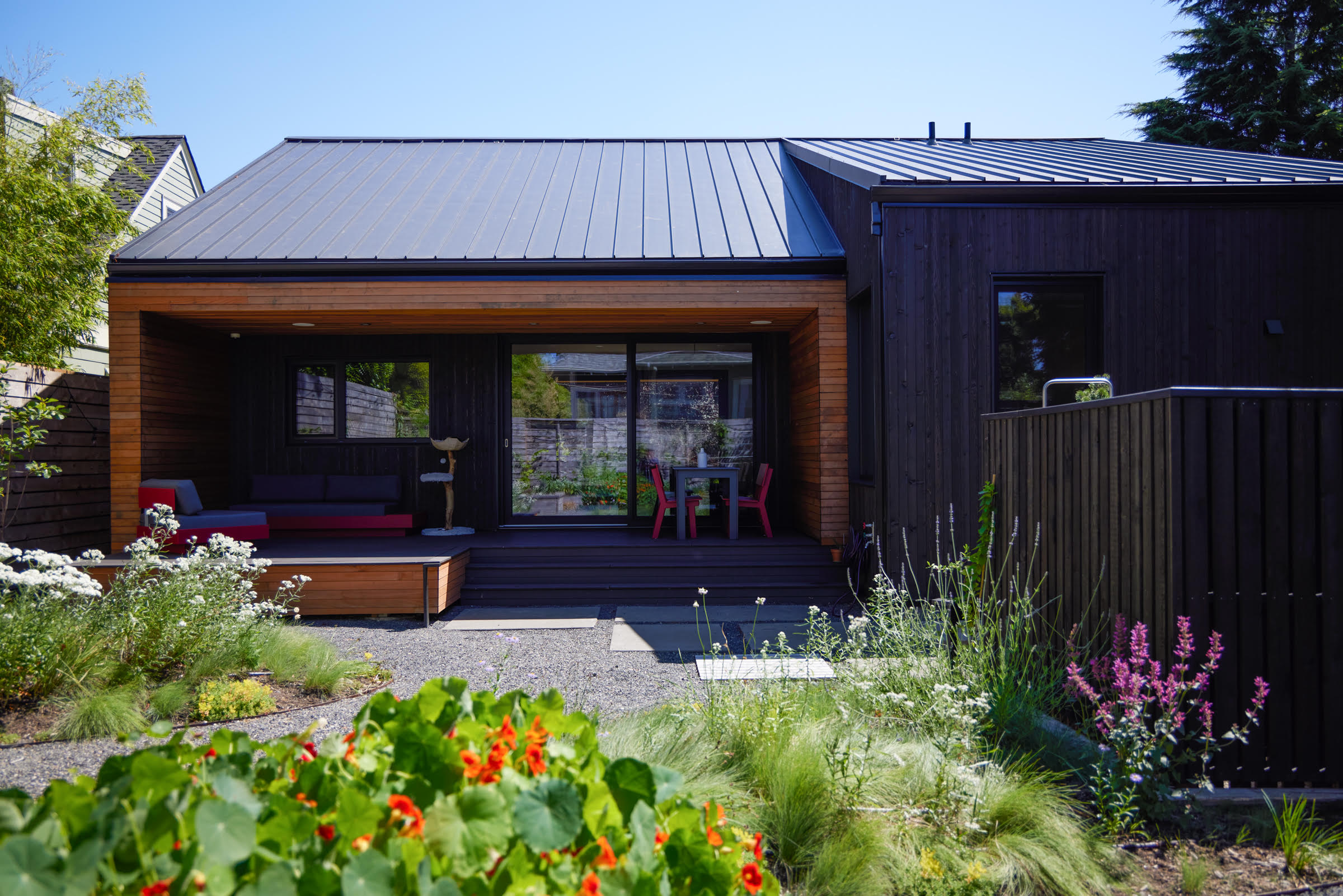NORTH STARS:
Energy Efficiency
Waste Management
Carbon Footprint
“Architects and designers have a greater ability to improve public health than medical professionals.
As the science and medical communities continue to confirm that our environment has a direct correlation with our health, the trend of biophilic design is on the rise. Biophilic design refers to interior design and architecture that centers around nature and bringing those elements inside as much as possible. It may include increased natural light, living walls, eco-friendly materials and feature patterns, textiles, and architecture that mimic elements found in nature.
Biophilic design is a newer concept that arose out of interior designers and architects recognizing their client’s needs, as well as their own, to disconnect from a digital world and reconnect with the calming effects of nature.
“My path to biophilic design began with an eye-opening two-hour continuing education course about the psychological impact of incorporating nature into interior spaces,” says Emily Roose of Roose Interiors in Nashville, TN.
Her personal journey with thyroid disease for over 20 years triggered a deeper interest for her. The experience heightened her awareness of how our environments directly affect our wellbeing. Biophilic design is not just about creating beautiful spaces, but about designing atmospheres that actively contribute to people’s physical and mental wellbeing while respecting the environment.
By using this approach, Emily was able to fulfill a deeper mission. “Creating spaces that not only reflect my clients’ personalities but also nurture their health and support environmental sustainability,” she says.
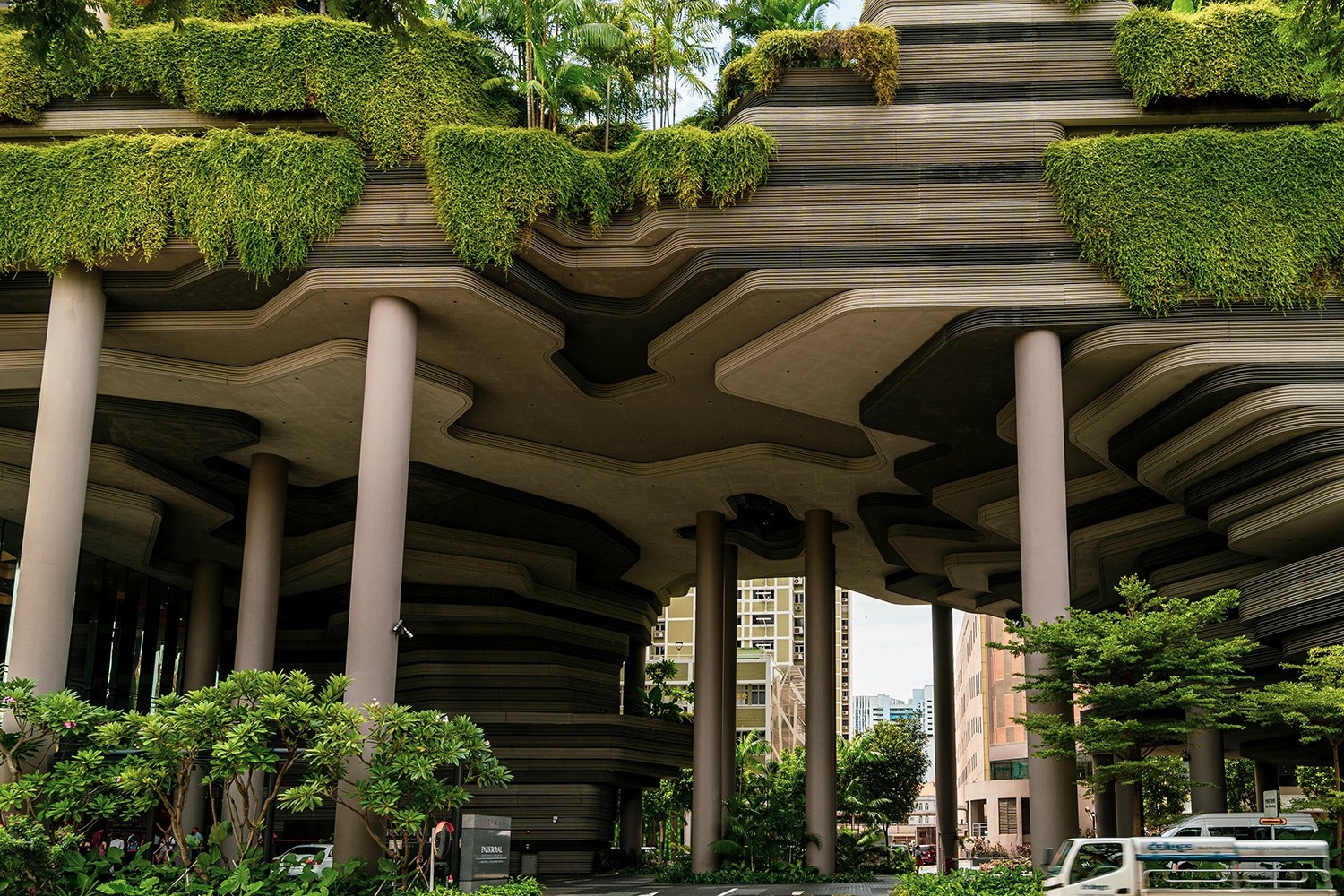
Biophilic design turns modern architecture into urban oases. Courtesy of Pexels
Bringing the Outdoors In
Biophilic and sustainable design create a powerful connection in modern interiors. Sustainable design focuses on environmental responsibility through the use of natural and recycled materials, energy efficiency, and waste minimization, while biophilic design strengthens our connection to nature, boosting our psychological and physiological well-being. And when combined, these two design philosophies integrate natural elements that are eco-friendly and nurturing, benefitting both the planet and its inhabitants.
It’s no wonder major U.S. corporations like Apple, Amazon, Microsoft, and Etsy are incorporating biophilic design into their offices – it’s also been proven to increase creativity and productivity.
“I was amazed at the data about wellness and biophilic design,” says Anne Haas of Anne Haas Design in McLean, VA. “One quote by Dr. Claudia Miller that caught my eye is ‘Architects and designers have a greater ability to improve public health than medical professionals.’ Miller is a professor of occupational and environmental medicine in the School of Medicine at the University of Texas Health Science Center at San Antonio. That we can improve our mood and blood pressure, increase our productivity and creativity, and feel an overall sense of peace and wellbeing by how and with what we design our homes is fantastic!”

Creating airy refreshing interiors with biophilic design. Courtesy of Pexels
How to Fill Your Home with Biophilic Elements
As interior designers and architects are starting to provide their design services as an alternative health resource, it’s important to understand how we can incorporate this type of design into our own homes.
Biophilic design is not only limited to sight. Our sense of smell, touch, and sound can be just as important to ignite those feelings of calm. When designed and implemented correctly, biophilic design can include all five senses.
“Incorporating biophilic design into your space doesn’t require costly or lengthy renovation. The key is strategic integration of natural elements that create meaningful connections to nature. Start with living plants, which immediately enhance indoor air quality and wellbeing. Consider incorporating a small water feature for both visual interest and the proven stress-reducing benefits of flowing water sounds,” says Emily.
Beyond plants and small water features, bringing in the shapes and textures found in nature is a crucial component of biophilic design.
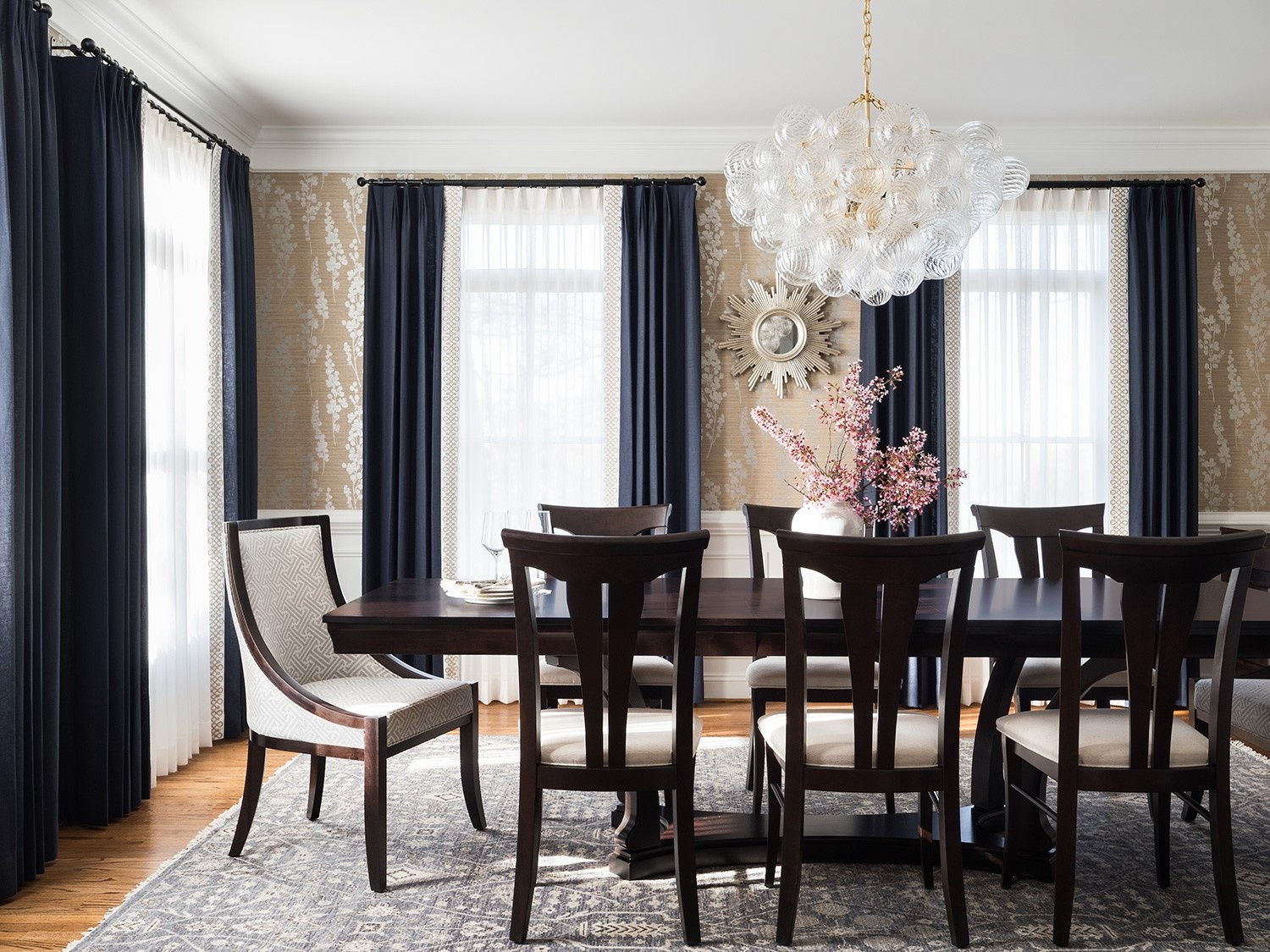
Plant-inspired wallpapers can also be part of biophilic space. Courtesy of Anne Haas Design
“A more obvious and fun way to use biophilic design is by bringing in patterns that mimic nature. These are called fractals. Fractals are patterns found in nature which repeat in progressively smaller scales. The veiny patterns of a leaf, the ripples on water, the bark of a tree, the way the branches grow on a tree, even the flames of a live fire,” adds Anne. “Our brain is hard-wired to seek out and enjoy these patterns, which are a part of our DNA from our evolutionary past. Fractal patterns can be found in rugs, wallpaper, fabrics for chairs, sofas, pillows and window treatments and even in light fixtures.”
Creating a cozy, calming space in your home can be as easy as bringing the colors, smells, sounds, and feel of nature into your home. It doesn’t have to be difficult or incorporated all at once. But when done right, biophilic design can add a welcoming element to your home that will restore a sense of calm and balance.
“The future of design lies in this holistic approach – where sustainability, wellness, and beauty converge to create environments that truly support the human experience,” concludes Emily.

Danae Branson is the founder of Elite Design Assistants, a virtual design assistant agency that provides a variety of administrative, creative, and technical services to interior designers. She is passionate about biophilic design and the positive effects it has on the environment and our wellbeing. Follow Danae on IG @elitedesignassistants.
North Stars: Carbon Footprint, Energy Efficiency, Waste Management



